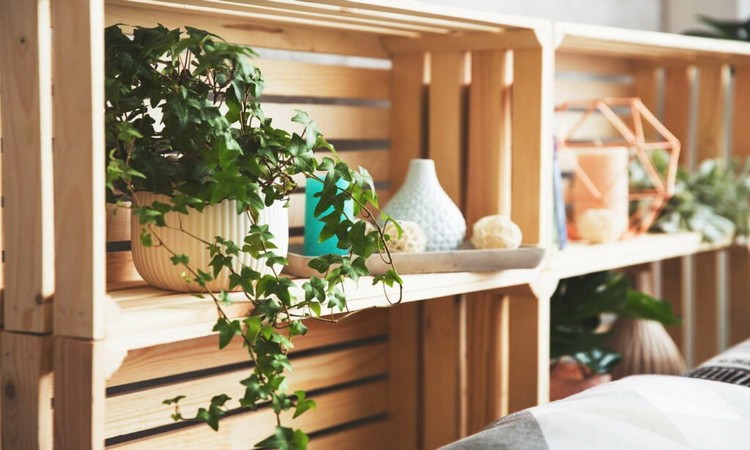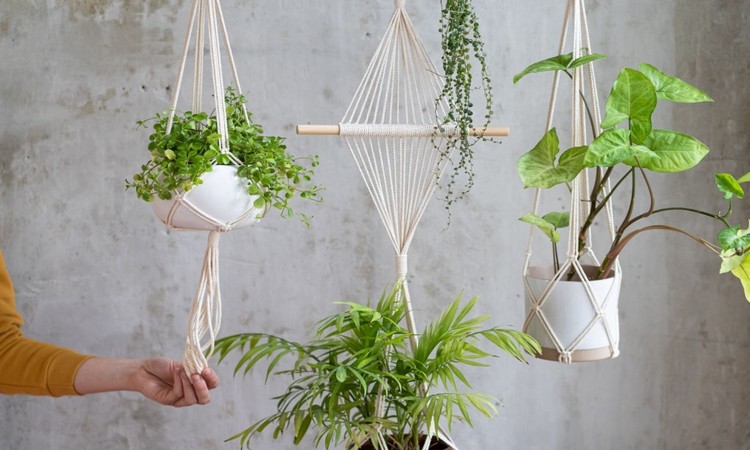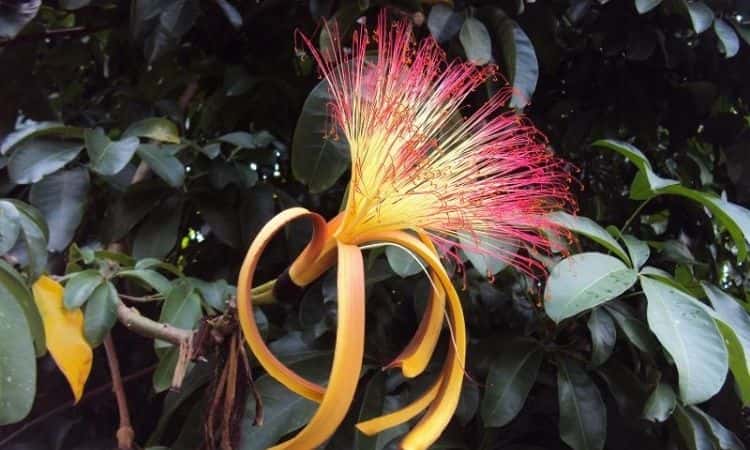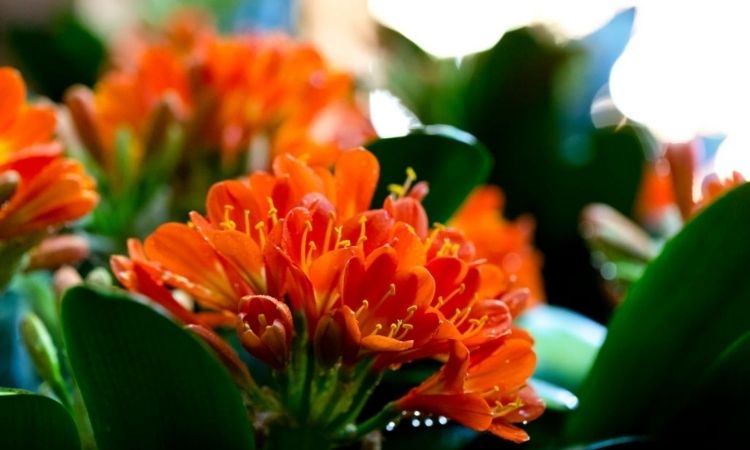The Top 10 Air-Purifying Plants
Stuffy air in the den? With these ten plants, you can fight stuffy indoor climate and harmful exhaust fumes. Particulate matter, exhaust fumes, bad air – especially in big cities, a little fresh air has become almost a luxury. The consequences of a poor indoor climate: dizziness, fatigue, tiredness, and even respiratory problems. But if you can’t afford an expensive air filter or a house in the countryside, you don’t have to do without fresh air.
Because a few houseplants transform carbon dioxide into fresh oxygen for our lungs and find their place even in every small apartment without a balcony. We show you ten plants that are particularly suitable for a breath of fresh air in the apartment. Not only in living rooms do these green air improvers make the difference – they are also ideal in the bedroom and in offices.
Birch Fig
Table of Contents
The evergreen birch fig (also called Ficus Benjamina) is a popular houseplant. Thus, it is considered particularly easy to care for, only regular watering is mandatory so that the beautiful leaves do not dry up. But the birch fig is more than a beautiful decoration: it reduces annoying pollutants such as xylene, toluene, and formaldehyde, which are used, for example, in the production of adhesives and paints, can evaporate from these substances and enter our ambient air. The birch fig, however, reduces these substances in the air and thus provides an improved indoor climate.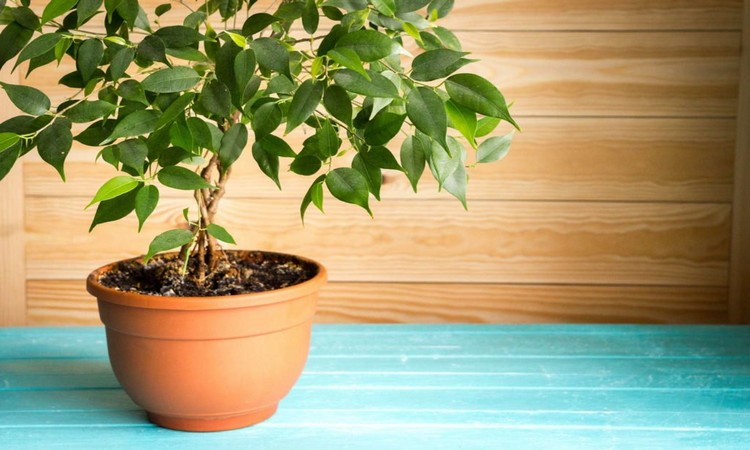
Moonflower
The moonflower (Ipomoea) is not only particularly beautiful – it also cleans the air excellently, which is why it is often used as a decoration with fresh air production, especially in smoking areas. Its specialty is solvents: benzenes, xylene, and other components of paints and adhesives do not stand a chance against the white flower. Visually, the plant shines above all through its brilliant white flowers, which seem to glow almost like the moon, especially at dusk. Thus, the beautiful climbing plant is not only a decorative asset, it also helps stressed lungs.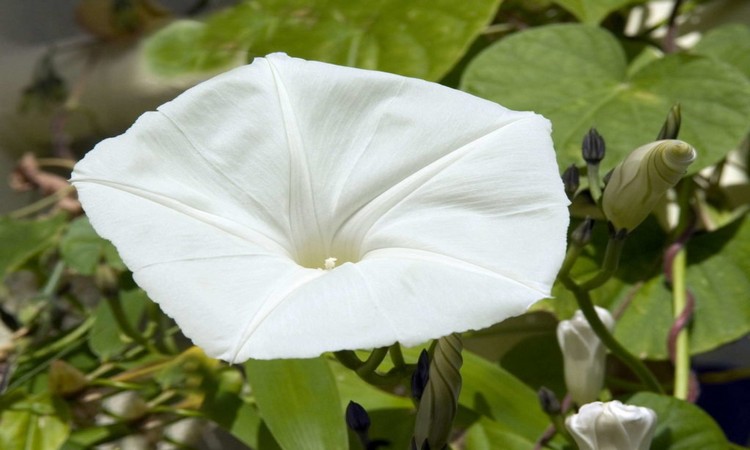
Bow Hemp
The arching hemp (Sansevieria trifasciata) is a cozy fellow and stays with its owner for a long time due to its slow growth. Also, it does not require much care, a bright location is enough for the plant, so it is suitable even for people without green thumbs. However, the bow hemp is not only robust: it also cleans the air from numerous pollutants. Furthermore, the bow hemp ensures a good oxygen supply – so the plant acts almost like a natural air filter system.
Orchids
Graceful, beautiful, and delicate are the words many people think of when they think of orchids. But useful? This is another side of the popular houseplant. The orchid can not only look good: It also cleans up with harmful fumes. Above all, the plant reliably binds xylene, toluene, and formaldehyde, thus ensuring purified, healthy indoor air. In terms of orchid care, on the other hand, the plant is truly a diva and needs a lot of attention and a deft hand.
Kentia Palm
Originating from the subtropics, the Kentia palm (Howea) is one of the most popular houseplants in Germany. And rightly so: not only does the green palm exude a feeling of exoticism and vacation – it is also extremely robust and an ideal air filter. A semi-shaded location and a little water from time to time are enough for the plant to live up to 40 years. During this time, it filters pollutants from the air and ensures a constantly good indoor climate with an above-average production of oxygen.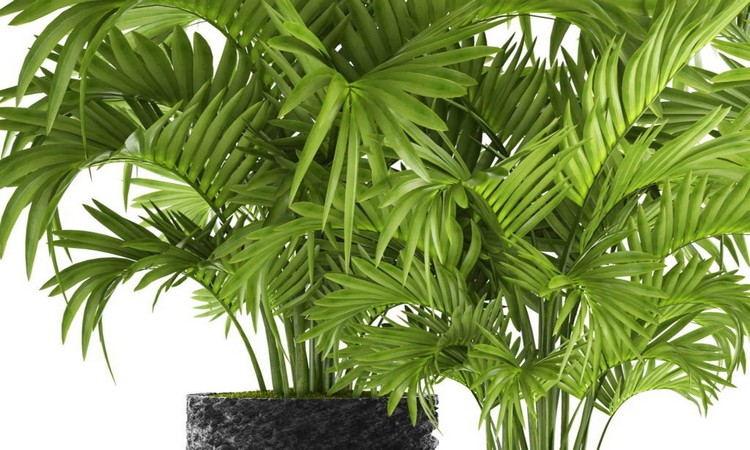
Dragon Tree
The dragon tree (Dracaena) is the right choice especially for the destruction of formaldehyde from the indoor air: up to 70% of the harmful gas is destroyed by the plant in 24 hours. Likewise, the plant reliably removes other pollutants. Visually, the dragon tree is also not to be sneezed at with its species: Dark green, wine red and yellow cultivars exude an exotic charm. Only children and animals should not come within reach of the plant – for them the dragon tree is poisonous.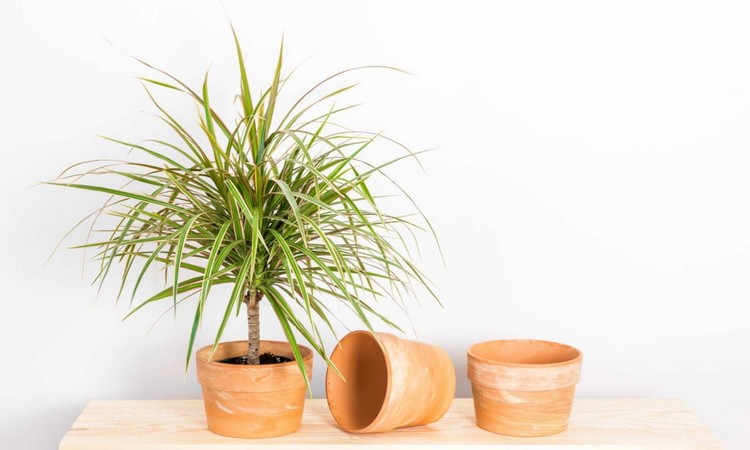
Green Lily
The green lily (Chlorophytum comosum) is one of the most popular plants for air purification in polluted homes. It filters almost all formaldehyde from the air and converts it into oxygen. The plant also helps against smoky air in smokers’ homes. In addition to its good filtering activity, the green lily is particularly robust and undemanding. It needs only a little water and survives even landing in hands without a green thumb.
Ivy
Ivy (Hedera) is probably one of the most effective air purifiers: the climbing plant can filter up to 90% of benzenes (contained in exhaust fumes from cars, among other things) from the air within a day. In addition, the ivy provides a constant supply of oxygen. As a growth on the house wall, the plant additionally acts like an air conditioner. On warm days, the climbing plant ensures a pleasant room temperature, in the cold winter it has an additional insulating effect and thus ensures a good indoor climate. The ivy is also quite suitable as a houseplant – only dry heating air the plant does not tolerate particularly well.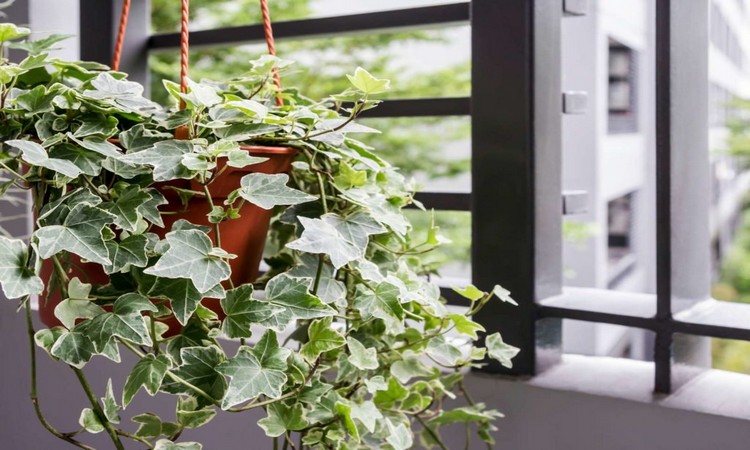
Peace Lily
Leaf flag, a monocot, or spathiphyllum – the peace lily is known by many names and widespread. The evergreen plant is popular mainly for its longevity, but also for its beautiful leaf shape. It is considered particularly robust and thrives with little water in a bright location, even without much care. But the peace lily can do even more: whether ammonia or benzene, the peace lily says the war on pollutants and avoids thick air. The only drawback: the plant is toxic and some allergy sufferers are sensitive to it.
Chrysanthemum
The chrysanthemum is not only one of the most beautiful air purifiers – but it is also extremely effective. For example, it binds almost all pollutants from ammonia to xylene and ensures that you can breathe without worries. In spring and autumn, the various types of chrysanthemums bloom in all sorts of colors, then wither and form new shoots that bear the next flowers. However, the beautiful plant has one drawback: it should be placed out of reach of animals, as it can be poisonous to dogs and cats.
